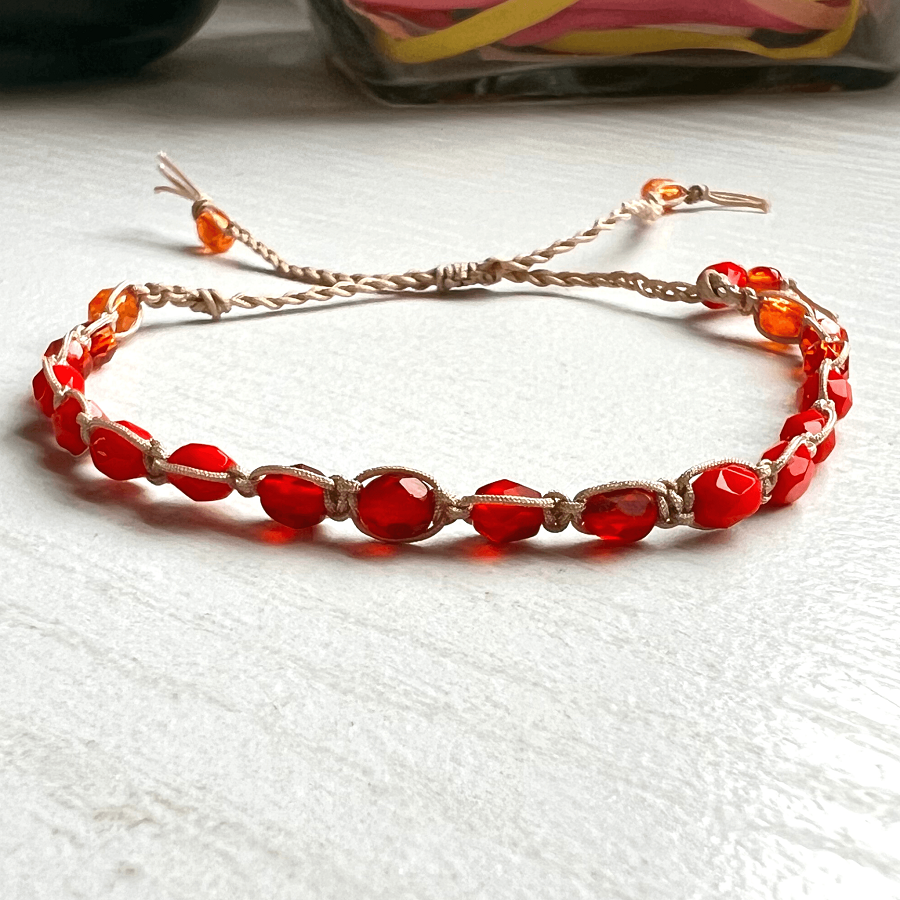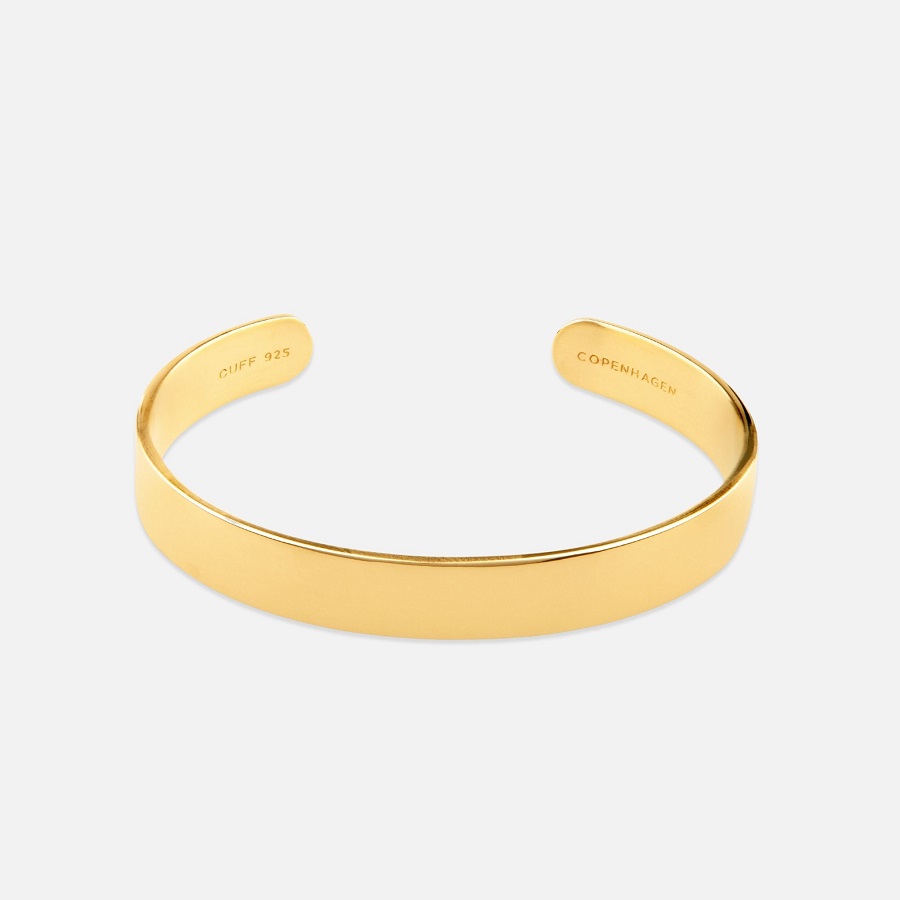 Introduction:
Introduction:
Layering bracelets is a popular fashion trend that allows you to create unique and personalized looks. Whether you prefer a minimalistic and delicate style or a bold and eclectic statement, layering bracelets adds depth and visual interest to your overall ensemble. In this comprehensive guide, we will explore the step-by-step process of how to layer bracelets. By following these simple instructions, you can effortlessly master the art of bracelet layering and elevate your style game.
 Bracelet Materials, Types, and Popular Trends
Bracelet Materials, Types, and Popular Trends
Material Options for Bracelets:
Metal Bracelets:
Gold: Gold bracelets are classic, luxurious pieces, often available in different gold purity levels such as 24K, 18K, or 14K. They can come in various designs, including solid gold, charm bracelets, or intricate link patterns.
Silver: Silver bracelets offer a more affordable option with a timeless appeal. Sterling silver, which is 92.5% pure silver, is a popular choice for its durability and versatility.
Stainless Steel: Stainless steel bracelets are known for their durability, resistance to tarnish, and affordability. They are available in sleek, modern designs, often with a polished or brushed finish.
Diamond: Diamond bracelets are elegant and luxurious, often featuring diamonds set in a precious metal for a sparkling, glamorous look.
Gemstone Bracelets: Bracelets adorned with gemstones such as amethyst, turquoise, or garnet add color and vibrancy to an outfit. Birthstone bracelets and bracelets with a specific gemstone’s healing properties are popular choices.
Natural Beads: Bracelets made from natural materials like glass, wood, or stone beads offer a more organic, bohemian vibe.
Pearl: Pearl bracelets exude elegance and sophistication, with pearls typically strung together or coupled with other materials for a modern twist.
Leather or Fabric Bracelets:
Leather: Leather bracelets have a rugged, edgy appeal and are often adorned with metal accents or intricate braiding for a unique look.
Fabric: Bracelets made from fabric materials such as satin, cotton, or silk can be colorful, playful, and lightweight, ideal for casual or summer-inspired styles.
Types of Bracelets:
Bangle Bracelets: Bangle bracelets are rigid, circular bracelets that can be worn singly or in stacks, often making a bold statement. They can be made of metal, plastic, or other materials and come in a range of sizes and designs.
Charm Bracelets: Charm bracelets consist of a chain or bracelet with various small decorative charms attached. These charms can be personalized to reflect one’s interests, memories, or represent meaningful symbols.
Cuff Bracelets: Cuff bracelets are wide, rigid bracelets that encircle the wrist. They often feature intricate designs, patterns, or gemstone accents and can make a striking statement piece.
Link Bracelets: Link bracelets have individual decorative connectors, usually made of metal, forming a chain-like structure. They come in different styles, such as cable, rope, or mesh links, creating a versatile accessory suitable for various occasions.
Tennis Bracelets: Tennis bracelets feature a line of diamonds or gemstones set closely together. They are elegant, delicate, and typically worn for formal events or as a timeless piece of fine jewelry.
Popular Trends in Bracelets:
Layering: Wearing multiple bracelets together, creating a stacked effect, is a popular trend. Mixing different materials, colors, and textures can add interest and individuality to the overall look.
Minimalism: Minimalistic bracelet designs, with simple, sleek lines and minimal embellishments or charms, continue to gain popularity. These bracelets often have a clean, understated elegance suitable for everyday wear.
Personalization: Personalized bracelets, whether through engraved messages, birthstones, or meaningful symbols, allow individuals to express their unique style and sentiments.
Eco-friendly: Bracelets made with eco-friendly materials, including recycled metals, natural fibers, or sustainably sourced gemstones, are gaining popularity as people become more conscious of environmental impact.
Mixed Media: Bracelets incorporating a mix of materials, such as combining metal with fabric or leather, are trending. This fusion adds visual interest and creates a contemporary, eclectic look.
 Understanding Bracelet Layering
Understanding Bracelet Layering
Definition and Purpose:
Bracelet layering involves wearing multiple bracelets together on the same wrist, creating a stacked and stylish look.
The purpose of layering bracelets is to express personal style, add detail to your outfit, and showcase your unique jewelry collection.
Coordination and Balance:
Effective bracelet layering requires coordination and balance among the different bracelets.
Consider factors such as texture, color, size, and style when selecting and arranging your bracelets.
Choosing Bracelets for Layering
Mix and Match:
Select bracelets with varying designs, materials, and textures to create contrast and interest in your layered look.
Experiment with bracelets made of beads, chains, leather, charms, cuffs, and bangles.
Consider Proportions:
Choose bracelets of different widths and thicknesses to ensure a harmonious and balanced visual appeal.
Pair thinner bracelets with chunkier ones to create contrast and prevent overwhelming the wrist.
Create a Focal Point:
Select one or two statement bracelets to serve as the focal point of your wrist stack.
These statement pieces can have unique colors, designs, or embellishments that draw attention and anchor the layered look.
 Layering Techniques
Layering Techniques
Start with a Base:
Begin by selecting one or two bracelets that will serve as the base for your layered look.
These bracelets should be neutral or minimalistic in design to provide a foundation for the rest of the stack.
Mix Bracelet Types:
Layer different types of bracelets to create depth and variation.
For example, combine a beaded bracelet with a chain bracelet or stack delicate bracelets with bolder cuffs.
Play with Lengths:
Experiment with bracelets of varying lengths to add dimension and movement to your wrist.
Overlapping bracelets with different lengths creates a visually appealing layered effect.
Stack and Space:
Place bracelets directly on top of one another to create a stacked look, but also leave small gaps in between for visual interest.
This balancing of stacked and spaced bracelets adds a delightful rhythm to your wrist stack.
Top it Off:
Finish your bracelet layering by adding a few final touches, such as a watch or a dainty bracelet that complements the rest of the stack.
These finishing touches emphasize your personal style and add a polished touch to your layered look.
Assessing the Wrist Stack
Comfort and Movement:
Pay attention to the weight and fit of your layered bracelets to ensure comfort and freedom of movement.
Avoid excessive tightness or bulkiness that may hinder mobility.
Visual Harmony:
Step back and assess the overall visual harmony of your wrist stack.
Make any necessary adjustments, such as removing or adding bracelets, to achieve a balanced and aesthetically pleasing layered look.
 Conclusion:
Conclusion:
Layering bracelets is a styling technique that allows you to showcase your personal style and add flair to your outfit. With the step-by-step instructions provided in this comprehensive guide, you can confidently create your own unique and stylish bracelet stacks. Remember to experiment with different bracelet types, mix and match textures, and balance widths and lengths to achieve a visually appealing and harmonious wrist stack. Bracelet layering is a fun and creative way to express your individuality and elevate your fashion game.


